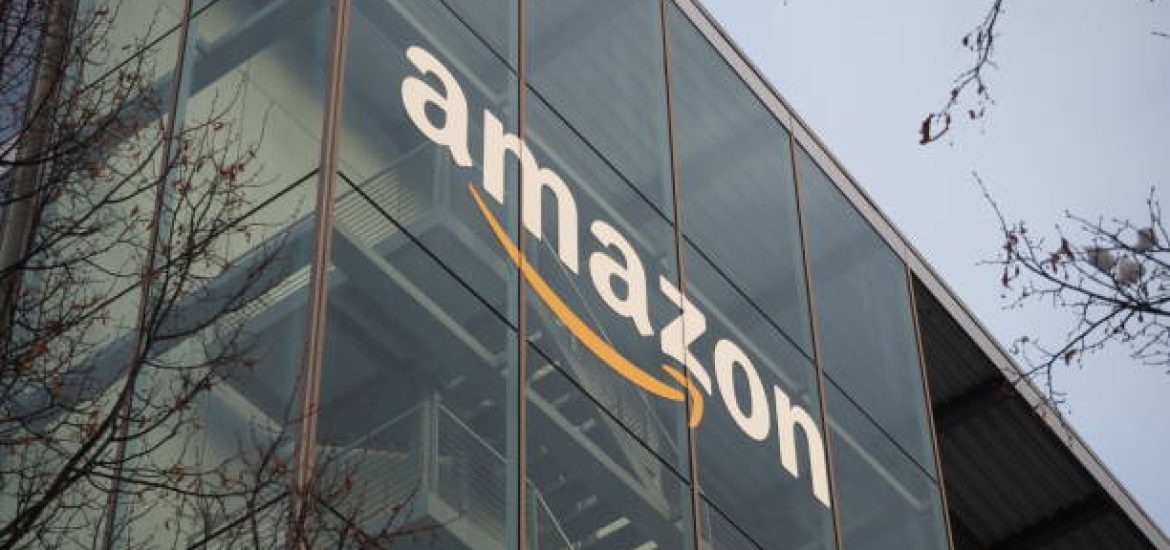
A major labor battle is unfolding in North Carolina as more than 4,000 Amazon workers at a facility in Garner vote on whether to unionize. The election, overseen by the National Labor Relations Board (NLRB), spans six days, with votes set to be counted on Saturday. If successful, this would mark only the second Amazon facility in the U.S. to unionize, following the 2022 vote at a Staten Island warehouse.
Challenges in a Historically Anti-Union State
North Carolina has the lowest union membership rate in the country, with only 2.4% of workers belonging to unions, compared to the national average of over 10%. Despite this, organizers from the independent union, Carolina Amazonians United for Solidarity and Empowerment (CAUSE), remain optimistic. They believe the company’s strong pushback against unionization signals its fear of workers gaining collective bargaining power.
Amazon, the second-largest private-sector employer in the U.S., has actively resisted unionization. The company argues that it provides competitive wages and benefits, with starting pay at the Garner facility set at $18.50 an hour, rising to $23.80 for experienced workers. However, union leaders are advocating for a $30 hourly wage, citing Amazon’s massive profits—$59 billion in net income in 2024 alone.
Amazon’s History of Union Resistance
The Garner vote is just one in a series of unionization efforts Amazon has faced. Despite a successful vote at the Staten Island warehouse, Amazon has refused to negotiate with the Amazon Labor Union (ALU) and continues to challenge the results in court nearly three years later. The company has also defeated unionization attempts at its Bessemer, Alabama, facility, another Staten Island location, and a warehouse in Albany, New York.
Union organizers in North Carolina believe their independent status gives them an advantage. Unlike larger unions, which Amazon often paints as “outside influences,” CAUSE is led by current and former workers from the region. This strategy aligns with the local culture, where skepticism of external organizations is common.
One of the key figures in the organizing effort, Ryan Brown, was fired by Amazon in December 2024 after five years with the company. The union claims his dismissal was retaliation for his organizing efforts, but Amazon states it was due to repeated misconduct.
Growing Union Pressure on Amazon
Beyond North Carolina, Amazon is facing increasing union efforts across the country. In December, workers at a Whole Foods store in Philadelphia became the first at the Amazon-owned grocery chain to vote for union representation. The Teamsters union also led a six-day strike during the holiday season, involving drivers who deliver Amazon packages but are classified as employees of third-party contractors.
CAUSE has filed unfair labor practice complaints against Amazon, joining multiple other pending cases before the NLRB. In Alabama, an NLRB judge recently ruled that Amazon engaged in unfair labor practices during a union election rerun, leading to a third vote being ordered. However, due to recent political changes, the NLRB lacks the quorum needed to proceed with such cases, further complicating the unionization process.
What’s at Stake for Amazon Workers?
Even if the union wins in Garner, securing a contract with Amazon will be a long and challenging battle. Organizers are preparing for a prolonged fight, drawing comparisons to the civil rights movement, which took years of perseverance to achieve justice.
Union leader Italo Medelius-Marsano emphasizes that Amazon workers deserve to be treated with dignity, not as replaceable parts in a machine. As Amazon continues to profit from the labor of its employees, the outcome of this vote could set the tone for future labor movements across the country.





